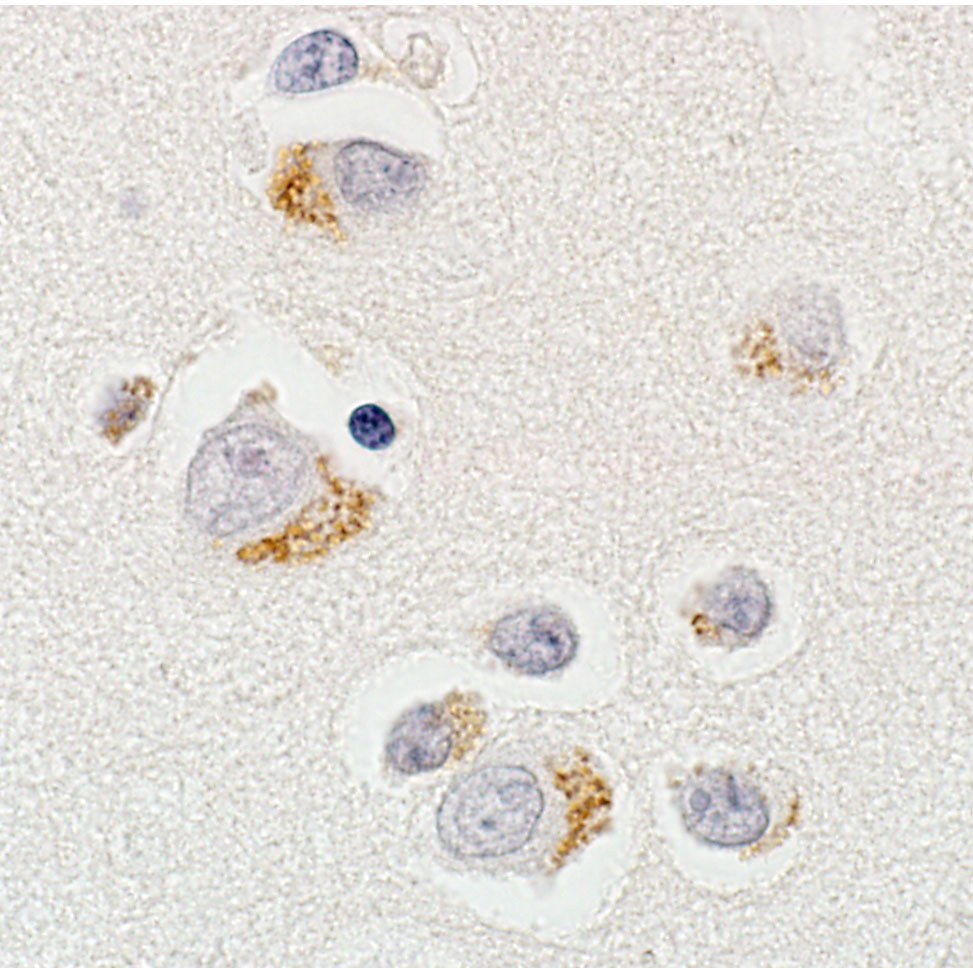
Ground-breaking MS discovery could lead to better treatment
SASKATOON – A new discovery in multiple sclerosis research, that nerve cells in the brains of MS patients contain stress granules that appear to contribute to nerve cell death, could lead to improved treatment of the disease.
The discovery was made by a research team led by Dr. Michael Levin, Saskatchewan Chair in Multiple Sclerosis Clinical Research at the University of Saskatchewan’s (U of S) College of Medicine, who made the announcement at the 2018 International Society of Neuroimmunology Meeting in Brisbane, Australia.
“In healthy people, stress granules protect nerve cells. The discovery of abnormal stress granules in nerve cells of an MS patient unveils a new mechanism of disease, which may lead to new treatments for this devastating disease that strikes people early in their life and career,” said Levin.
The work was supported by the Office of the Saskatchewan Multiple Sclerosis Clinical Research Chair, University of Saskatchewan, Saskatoon City Hospital Foundation, and Saskatchewan Health Research Foundation.
-30-
To arrange an interview with Dr. Michael Levin, please contact:
Kate Blau, Communications Specialist, College of Medicinekate.blau@usask.ca| 306-966-6059

